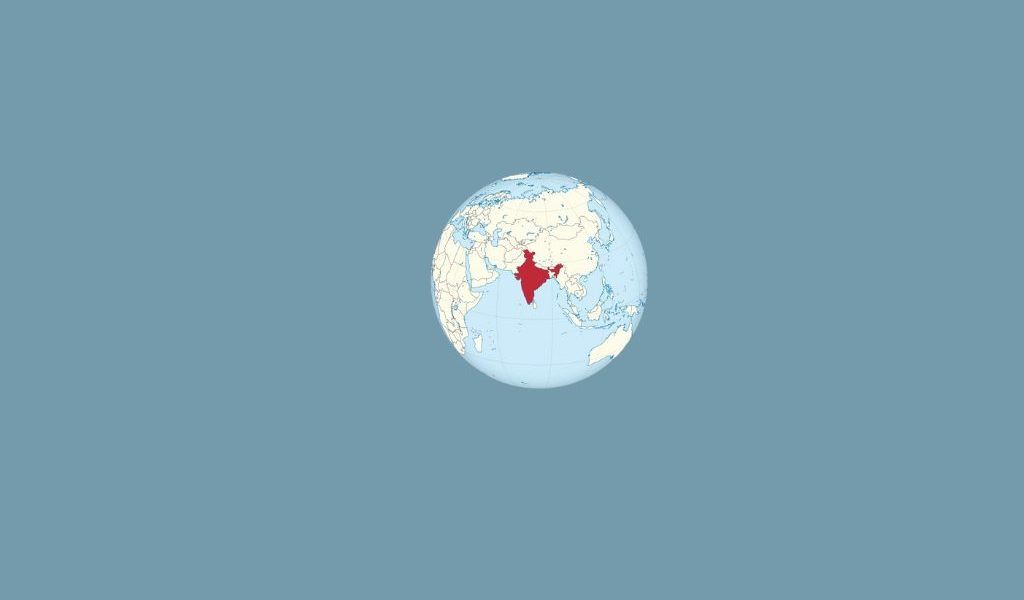
Yet within this problematic geography, Asia to India’s east continues to move forward. An economically slower and ageing China is developing technologically on the foundations of its knowledge-based economy and society. Vietnam is moving forward and Indonesia has become more confident in its own growth story. India is moving slowly forward, satisfied with its performance and overcoming various political, economic and social potholes, imagining that it is on the road to “Viksit Bharat.”
About a couple of decades ago, in April 2005, the then Prime Minister of Japan, Junichiro Koizumi, visited New Delhi. His political career, as well as the state of India-Japan relations up to that point, had not made him particularly familiar with India. At the end of a meaningful and substantive conversation with Prime Minister Manmohan Singh, during which they agreed to give a “new strategic direction” to the India-Japan bilateral partnership, Koizumi had a question for Singh.
India is at the centre of the vast Asian continent, Koizumi observed. There is a “rising Asia” to the east of India and an unstable Asia to the west of India. Which Asia does India belong to and in which direction is it heading? Koizumi was only articulating a question that many around the world and in Asia have asked and, sadly, continue to ask.
Prime Minister Singh offered a hopeful response. India’s “Look East Policy” was already more than a decade old. India had reached out to countries to its east after the end of the Cold War, becoming a partner in the Association of Southeast Asian Nations (ASEAN), increasing its trade and investment relations with ASEAN, Japan, South Korea and even China. It was “Rising Asia” that inspired India to liberalise its economic policy regime. In recognition of the ongoing change, Singapore’s then Prime Minister Lee Kuan Yew famously said in 2007 that Asia was rising like a jet plane powered by two engines, China and India. Therefore, India certainly belonged to the Rising Asia to its east. Not only was this connection defined by contemporary economic factors, but also by historical and cultural factors. India’s civilisational footprint extended eastwards, even if it had inherited influences from the west. That sense of optimism still defines India today, but Koizumi’s Question has not disappeared.
Is the internal instability in countries around India, from Myanmar and Bangladesh to Pakistan and Sri Lanka, mirroring India’s situation? Can things spiral out of control if internal divisions are not healed and inequalities reduced? Will a tougher external environment complicate matters internally? These are serious questions that should concern political leadership across the spectrum. Chanting the mantra of “Vikasit Bharat” will not get the economy there. Being the fifth or even third largest economy in the world makes little difference when the distance between the second and third remains unattainable, given current and projected growth rates.
The point to ponder about Koizumi’s question is that in the decade that followed, few raised it again. The period 2003-12 was the decade of a “Rising India” that was increasingly integrating with countries to its east. In the past decade, and certainly since 2019, this process has slowed. India’s decision to withdraw from the Regional Comprehensive Economic Partnership agreement has hurt. While trade and investment deals with Europe and Britain are being negotiated and the economic relationship with West Asia has strengthened, the sun continues to rise in the east.
Beyond economics, the social basis of development in much of “Rising Asia,” regardless of political regime, has been fundamentally different from that of much of West and South Asia. The emerging economies of East Asia have built their economic edifice on a foundation of investment in education and social welfare. This has made these economies globally more competitive compared to the economies of South and West Asia. The latter have paid a price for insufficient investment in human development.
Although India’s score on the UNDP’s Human Development Index (HDI) – which measures the income, education and health status of a population – has improved, from 0.434 in 1990 to 0.644 in 2022, India’s global rank remains low, at 134 out of a list of 194 countries, compared to China’s 75th. It is an improvement in these HDI indicators, as well as in indicators of social cohesion and domestic well-being, that will, in the end, determine the answer to Koizumi’s question.
At least one other reason why offering a convincingly positive answer to Koizumi’s question remains relevant today is the fact of the still low level of bilateral engagement between India and Japan. Much effort was put into raising this engagement between 2000, when Prime Minister Atal Bihari Vajpayee and Prime Minister Yoshiro Mori met, and 2015, when Prime Minister Shinzo Abe offered the Ganga Aarti at the Dashashwamedha Ghat in Varanasi. However, Japan’s bilateral trade with Vietnam is twice as large as with India, and Japan’s “China plus One” supply chain rebalancing is benefiting ASEAN countries more than India. Japan’s people-to-people and business-to-business interaction with China and many ASEAN countries is much greater than with India. In short, for a Japanese student, tourist, businessman and intellectual, the answer to Koizumi’s question remains important.
But the relevance and significance of that question is even greater for us in India. Where are we headed? Will we progress like Asia to the east of us or are we progressing like Asia to the west of us? Twenty years after Koizumi posed this question, he is still seeking a convincing answer, both at home and abroad.
Note: This article is republished from The Wire through a cooperation agreement between both parties for the dissemination of journalistic content. Original link.
Source: https://reporteasia.com/opinion/2024/08/06/india-asia-pertenece-hacia-cual-dirige/

